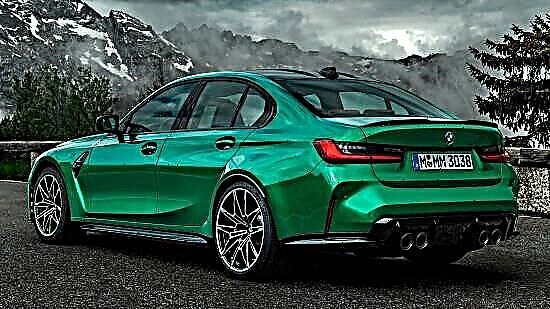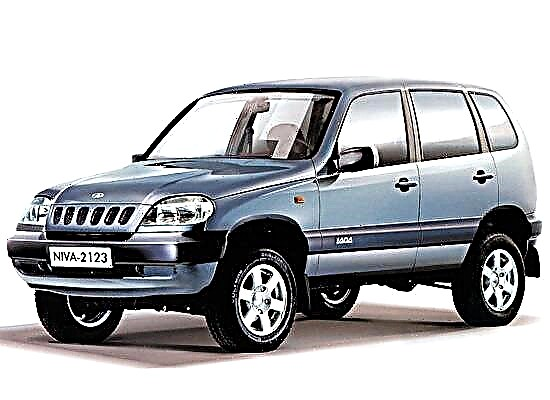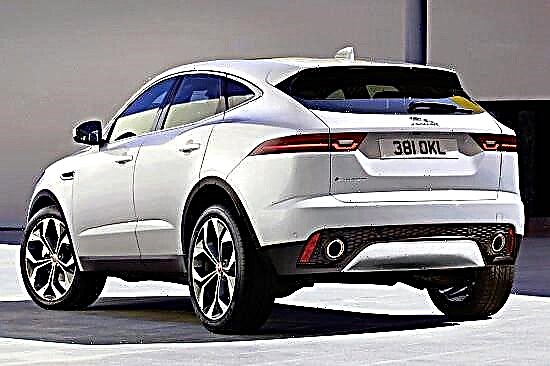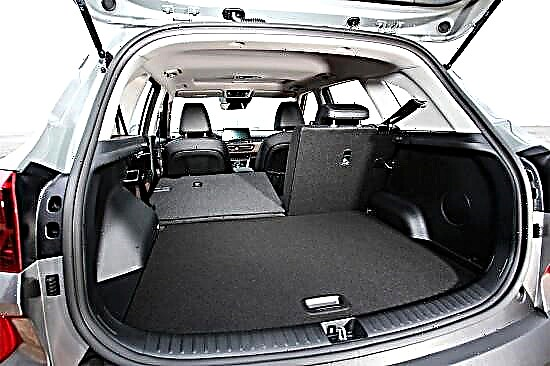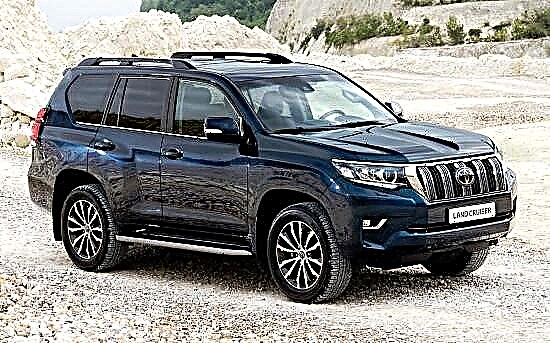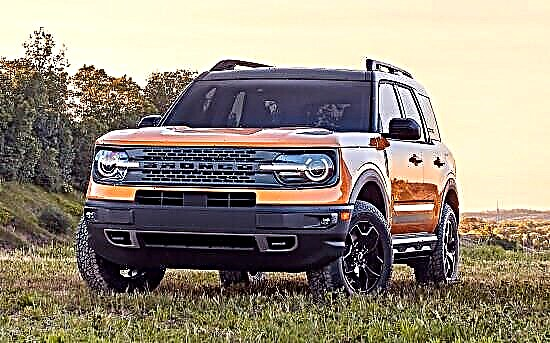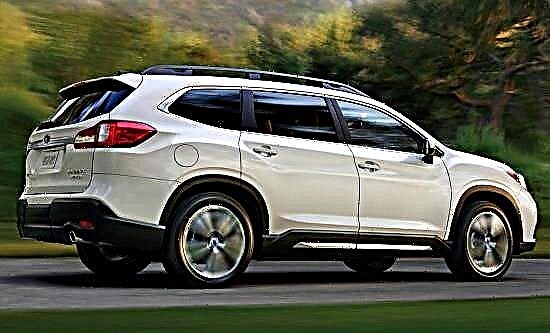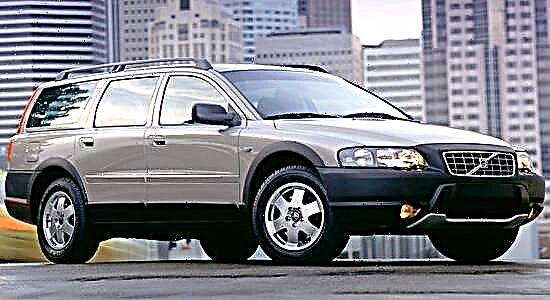In the fall of 1997, at the international auto show in Frankfurt, Volvo presented to a wide audience the all-wheel drive all-terrain station wagon - the Volvo V70 XC of the first generation, which, in comparison with the "original" model, received an "off-road" body kit around the body perimeter, increased ground clearance and a modified suspension.

In 2000, the car underwent a major update, as a result of which it was transformed externally and technically.

And in 2003 it was renamed "XC70" - at the same time the "off-road shed" underwent another modernization (affecting the design and power range).

Then he kept on the assembly line until 2007 - it was then that he was replaced by a model of the next generation.

The “first” Volvo XC70 is a mid-size station wagon (segment “D” according to European standards) with increased cross-country ability, which is 4733 mm long, 1860 mm wide and 1562 mm high.

The car has a 2763 mm wheelbase and 200 mm clearance under the "belly", and in the curb condition weighs from 1695 to 1715 kg, depending on the modification.
Specifications. The original XC Seventy is available with multiple powertrains, mated to 5- or 6-speed manual or 5- or 6-speed automatic transmissions and an all-wheel-drive transmission (with a multi-plate clutch that supplies power to the rear wheels) ):
- The petrol palette is formed by in-line "fives" with a volume of 2.4-2.5 liters with a 20-valve timing, distributed injection and turbocharging, producing 200-210 horsepower and 285-320 Nm of torque.
- The diesel "combined" includes five-cylinder 2.4-liter engines with an in-line layout, 20 valves, battery "power" Common Rail and a turbocharger, equipped with 163-185 "horses" and 340-400 Nm of generated thrust.
The first "release" Volvo XC70 is built on the "Volvo P3" platform, which implies a transverse engine placement at the front. At the front, the car is equipped with an independent chassis with McPherson struts, and at the rear it is endowed with a multi-link layout (in both cases, with transverse stabilizers).
All wheels of the off-road wagon are equipped with disc brakes, supplemented with ventilation on the front axle, with ABS, EBD and other "gadgets". The steering at the five-door is with rack and pinion and hydraulic booster.
Among the advantages of the first generation Volvo XC70, owners most often note: reliable design, good cross-country ability, efficient engines, comfortable and high-quality interior, rich equipment, high level of prestige, good dynamics and excellent level of comfort.
The disadvantages of a car, in turn, are: expensive maintenance, low liquidity in the market for used cars and a solid fuel "appetite".

